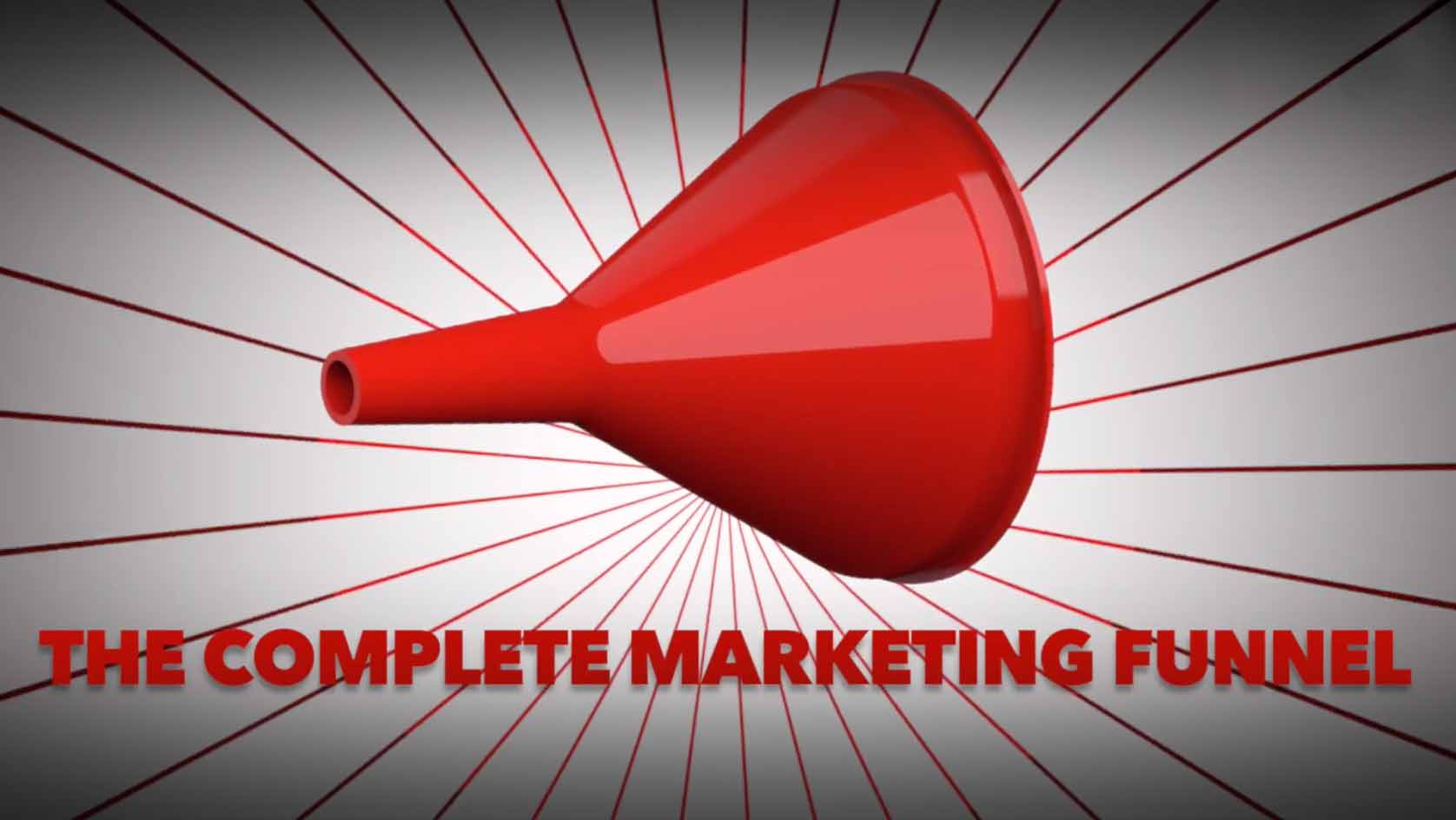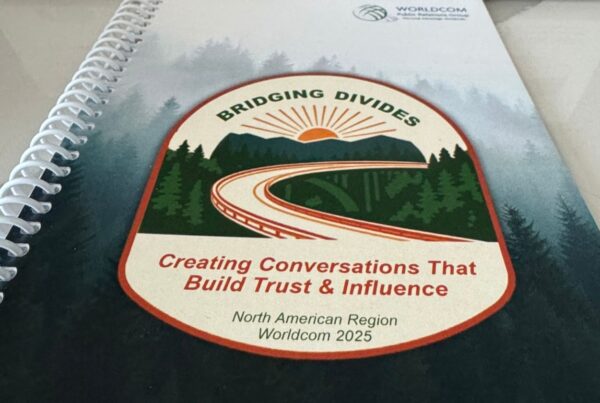By Jacob Freedman
Funnels. You might know them from cooking, or perhaps from your college days. But when it comes to marketing, funnels are a necessary part of any brand or company’s approach. Yet, 68 percent of companies have not identified or attempted to measure a sales funnel. And even those who do are failing to unleash every stage of a funnel that should be designed to nurture customers from prospect to purchaser.
Do you ever enter a website and begin to scroll down before a large, colorful box envelops your screen asking for your email? Us too. By giving a company your email, visiting their website, engaging with their social media pages, or even mentioning their name out loud, marketers can begin to carry leads into the middle of the funnel.
As a marketer, the top and bottom of the funnels are clear. The top of the funnel casts a wide net to acquire leads, while the bottom reels in the proverbial fish right to the purchase stage. But it is the middle of the funnel, the activation phase, that too often is overlooked.
If you think of your favorite brands and products, chances are that their communication with you goes beyond pushing ‘Buy Now’ buttons onto your screen. The middle of the funnel is more like a relationship. Rather than puff their chests, brands use a number of techniques aimed at finding out more about a potential customer and tailoring their approach to provide exactly what they think each specific user is looking for from their product.
Brands are not people, but they can act like them. A big way they do this in the middle of the funnel is through email marketing. Whether it be monthly newsletters highlighting new products or company initiatives, ‘Flash Sale’ emails that offer an exclusive deal to subscribers, or a funny message or offer on your birthday, creative email marketing is a big way to build a loyal base of customers. Email marketing can be funny, thought-provoking, and shocking; all designed at establishing a brand personality that can help keep users engaged.
Successfully executed email signup forms empower companies to get more granular. Smart companies often let you pick certain categories or products that you prefer when you sign up for a newsletter, like a sports apparel company make sure your newsletter includes products featuring your favorite teams or a grocery delivery service making sure vegetarian subscribers don’t receive a list of Thanksgiving turkey recipes.
Retargeting also plays a huge part in the process of turning interest into action. Facebook, Google Ads, and other platforms let advertisers take users’ actions on a website or social media platform and target them with a separate ad based on their initial interaction. But, retargeting needs to be different in approach based on the stage of the funnel as well as the product.
For a product like a movie ticket, liking that movie’s Facebook page shows enough interest to target a user with an ad for that movie. A Facebook user liking BMW’s page, however, should probably not be immediately served an ad telling them to buy their new car before Black Friday is over. For a product that requires extensive research and consideration before purchasing, like a vehicle, guiding targeted users through the middle of the funnel – with strategies like informative email marketing that alerts users of free test drive events and offers vehicle performance tips, free perks like a BMW keychain or phone case, and live webcasts of BMW unveiling their new makes and models – builds up their comfort with a brand. If executed as planned, this well-honed level of trust will woo consumers and possibly be deciding factor when the day arrives to buy that new luxury vehicle.
Learn More: The Pitfalls Of Brand Confusion
We already know brands are not people, but that shouldn’t stop them from interacting with us. Any successful sales-based company makes it known that the customer comes first, but brands that engage with their followers on social media by responding to posts and seeking feedback from their audiences are taking the extra step of doing it. Chatbots integrated onto company websites and into social media perform a similar step of middle-funnel marketing by taking an interested user and showing them a company’s commitment to helping them with their “problem” by showing how their product integrates perfectly into the customer’s desires and lifestyle.
Eventually, marketing funnels drive users to the bottom and encourages a purchase or final conversion. Otherwise, it would be a marketing vortex rather than a funnel. Which sounds much scarier, and a lot less profitable.
The marketing funnel concept came to be in 1898, nearly 30 years before the first BMW automobile hit the road and exactly 100 years before Google’s founding sparked a world enveloped by e-commerce. Through it all, establishing successful relationships and finding the right method at the right stage of a marketing funnel remains integral to successful advertising.
For more agency insights, visit our WellRed archives






